Editor’s Note: Azeri and Azerbaijani are used interchangeably in this article to refer to the people of Azerbaijan.
I am a descendant of an Armenian genocide survivor. My ancestors fled the Armenian village of Ani in 1915, which is now under Turkish occupation, to seek refuge in modern-day France.
Like many of my fellow Armenians scattered around the world, I have never been to the Nagorno-Karabakh region of Azerbaijan. I have never taken the six-hour drive in a marshrutka (minivan) to its capital, Stepanakert, from Armenia’s capital of Yerevan – a trip that would be a 35-minute flight if not for the risk of Azerbaijan shooting down passenger planes in that airspace.
I have never toured the medieval geometric monasteries nestled in its lush mountainsides, nor come face-to-face with the massive volcanic rock faces of Tatik yev Papik (grandma and grandpa). The Soviet-era stone monument stands complete with authentic bushy Armenian eyebrows.
I am one of the lucky diaspora Armenians who has never been forced to flee the country I call home.
According to The Guardian, Azerbaijan launched a military offensive against the ethnic Armenian population of Nargorno-Karabakh Sept. 19, 2023. As a result, 100,000 of the region’s 120,000 inhabitants had to leave the place they called “home.”
For the last three decades, Nargorno-Karabakh, a region located in the South Caucasus mountains, has been at the center of two large-scale conflicts and intermittent clashes between Armenia and Azerbaijan.
As attacks escalate in the region, the disputed territory feels closer to me than ever despite living in London. I hear of the death toll rising every day, and the latest ceasefire breaking. I see images of Azeri rockets shelling the Ghazanchetsots Cathedral in the city of Shushi. I watch interviews in footage snatched between bombs with scared residents and hear echoes of my history.
In my attempt to do something – anything – to spread awareness, I tried to write a news article on the conflict. Despite sending countless emails and asking my classmates and teachers if they would not mind being interviewed, I was met with the blank stares of individuals unwilling to speak up. Now, I speak up for myself and also for the thousands of Nagorno-Karabakh civilians who are unable to do so.
In a world with so many geopolitical complexities, it is understandable that not everyone is knowledgeable about all conflicts. However, rich cultural heritage and countless lives are being lost in Nargorno-Karabakh and, yet, this war remains overlooked and insufficiently acknowledged by the world. Now is your time to learn about this tragic conflict, if you haven’t already.
Historical context
The roots of this conflict can be traced back to 1921 when Stalin declared Nargorno-Karabakh an autonomous region within Soviet Azerbaijan, according to the Ministry of Foreign Affairs. The Armenians, constituting 95% of the region’s population, objected to this decision, sparking decades of Armenian-Azeri tension.
According to the USC Institute of Armenian Studies, the first Nargorno-Karabakh war lasted from 1988 to 1994, resulting in 30,000 deaths and millions of refugees. The war ended with an Armenian victory.
In 2020, the second war led to over 6,000 deaths as Azerbaijani forces recaptured lost territories in and around Nagorno-Karabakh. This conflict was much more violent, leading to crimes including the decapitation of Armenian civilians, according to The Guardian.
After 44 days of successful Azerbaijani offensive combat, Russia brokered a ceasefire agreement and deployed 1,960 Russian peacekeepers to the region. This protected area included the Lachin Corridor — the lone highway connecting Nargorno-Karabakh to Armenia which had previously been controlled by Armenian forces.
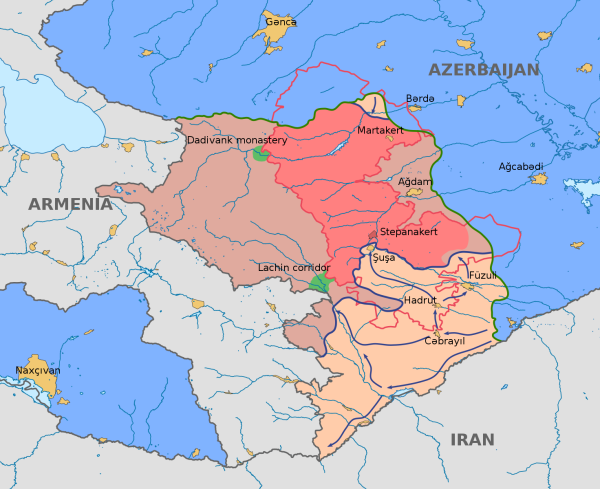
However, according to the Financial Times, Russia’s invasion of Ukraine in 2022 has weakened its ability to effectively control and maintain peace between Armenia and Azerbaijan.
According to BBC, Azerbaijan’s military offensive in Nargorno-Karabakh Sept. 19, 2023, caused 85% of the region’s inhabitants to flee their homes. Families packed into cars and trucks with whatever belongings they could carry, and headed to Armenia after Azerbaijan opened the only road out of the enclave Sept. 24.
This military offensive lasted 24 hours before the Nargorno-Karabakh authorities accepted a ceasefire proposal put forward by the Russian peacekeeping command in the region. Azerbaijan declared military victory while Armenia accused the Azerbaijani government of ethnic cleansing.
Prior to Sept. 24, 2023, the Lachin Corridor had been blocked by Azerbaijan for nine months. According to The Guardian, this resulted in a shortage of food, fuel, hygiene products, medicine and basic supplies. In August 2023, the United Nations had already declared a humanitarian emergency in the region.
Furthermore, the International Association of Genocide Scholars had warned of the risk of genocide against the Armenian population of Nagorno-Karabakh, as stated by CNN.
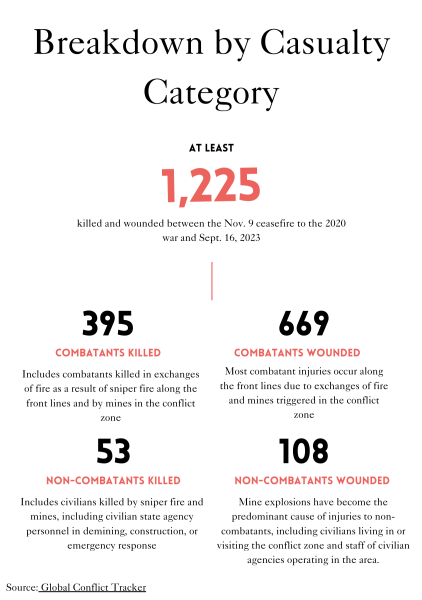
The recent mass exodus has now marked the end of decades of conflict and arguably the end of centuries of Armenian presence in the region.
Impact
In addition to displacing thousands of Nagorno-Karabakh civilians, the conflict has significantly affected the cultural heritage of the region. According to Cornell University, Azeri forces have posed a persistent threat to hundreds of century-old Armenian monasteries, churches, cemeteries and shrines, leading to their ongoing damage or destruction. These religious buildings are often targeted because of their symbolic value.
Beyond political motivations, the vibrant history of the region is being eroded. It’s disheartening to imagine a future where I am unable to see these beautiful monuments or share their significance with the next generation of Armenians.
It is urgent that the international community recognizes its responsibility to safeguard this cultural legacy and ensure its preservation for future generations. As individuals, even as high school readers, we can contribute by learning about the conflict, raising awareness, and advocating for action from our respective governments and organizations.
Furthermore, protests have broken out worldwide in response to recent events in Nagorno-Karabakh. Following the ceasefire deal Aug. 20, 2023, thousands of protesters gathered on Yerevan’s Republic Squares and in various other parts of the world, according to The Guardian. These demonstrators criticized Russia, which has maintained a peacekeeping force there since 2020, as well as their own prime minister, for failing to protect the lives of ethnic Armenians.
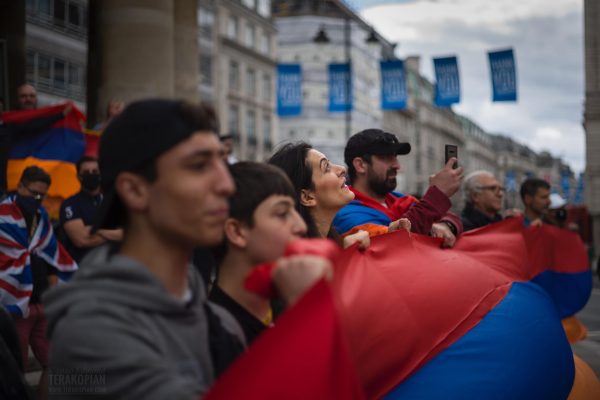
Moving forward
According to The New York Times, Azerbaijan held a meeting with representatives of the Artsakh Armenian community Sept. 21, 2023, in Yevlakh. Nonetheless, ceasefire violations by Azerbaijan were reported by both Artsakh and local residents in Stepanakert that very day.
In painful moments like this, a nation, like an individual, wants to be seen. While Armenians grapple with the aftermath of war, the loss of life and the forced exodus from their ancestral lands, we turn to the outside, hoping our story might be recognized and told.
Yet, the biggest challenge is that the international press often believes a story is only valuable if it serves market interests or is happening in the more “important” parts of the world. Particularly with the world’s eyes fixated on the war in Ukraine, the Nargorno-Karabakh conflict has been largely overshadowed. As a result, too few people in our community are informed about this conflict.
Armenians yearn for a compassionate world that values our narrative, recognizing that the worth of a story lies not only in its market appeal but in the shared humanity that binds us all.

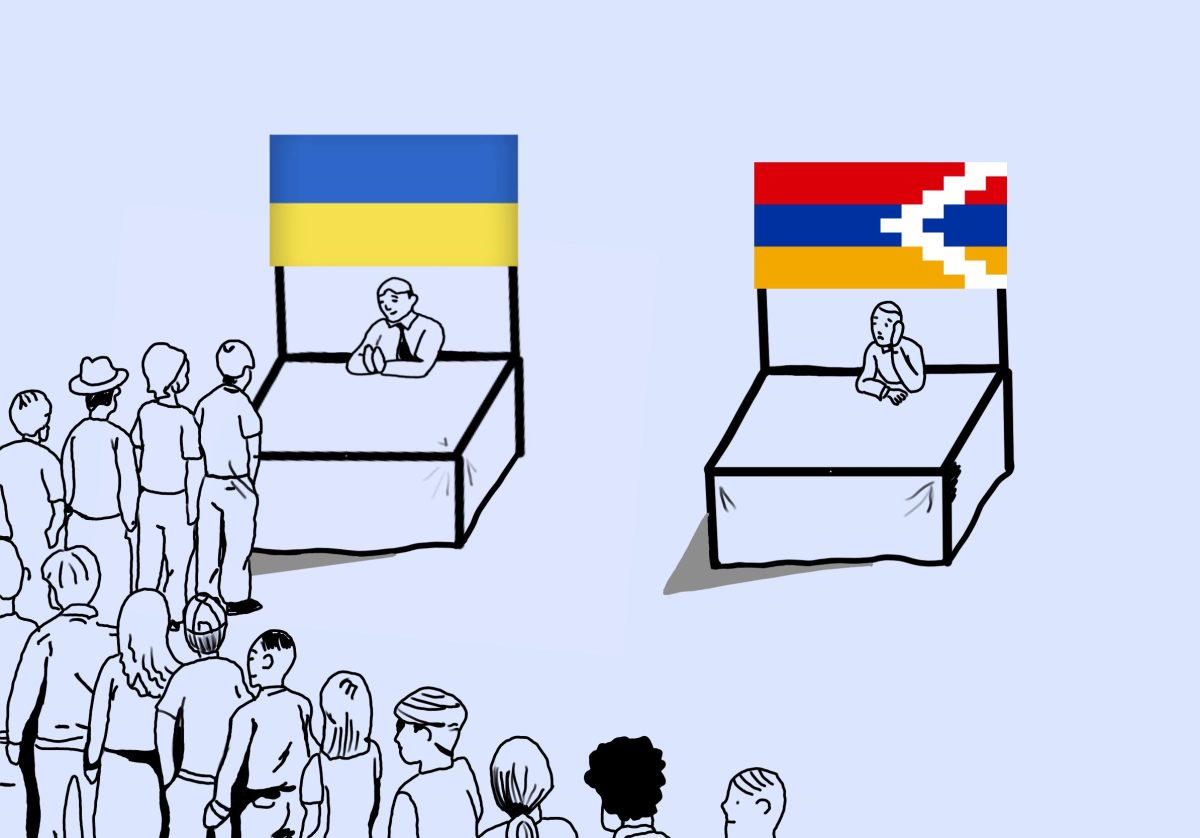
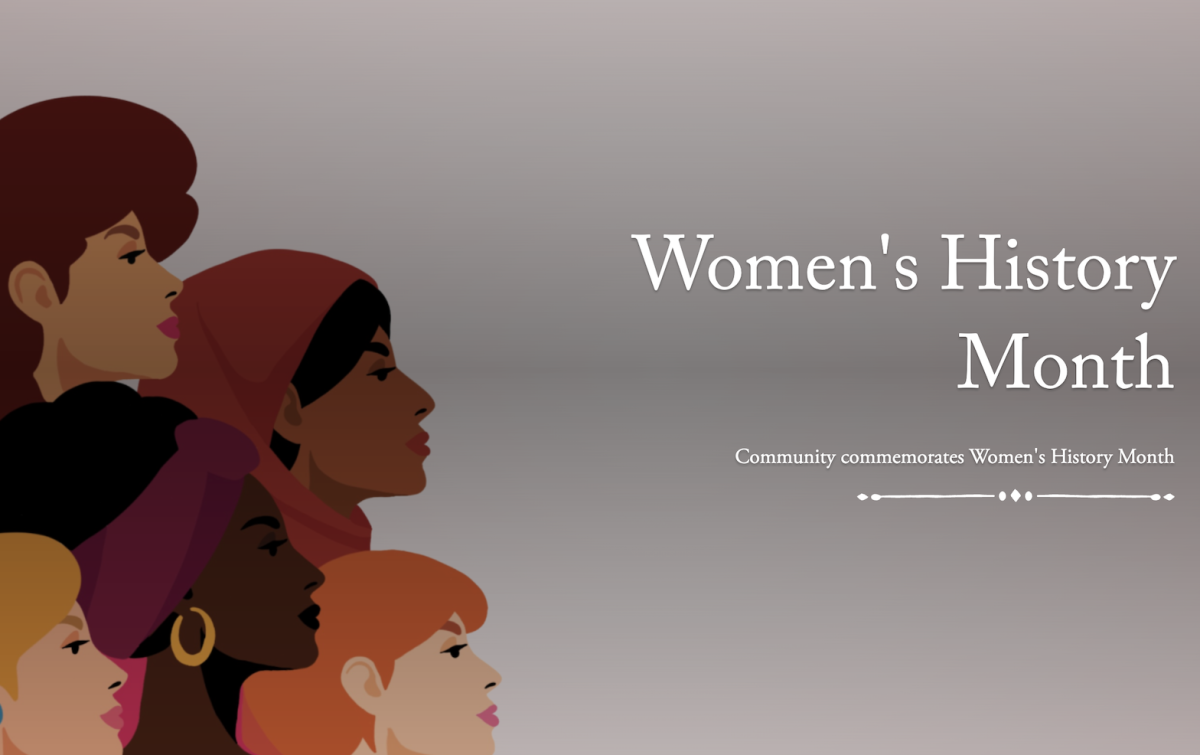
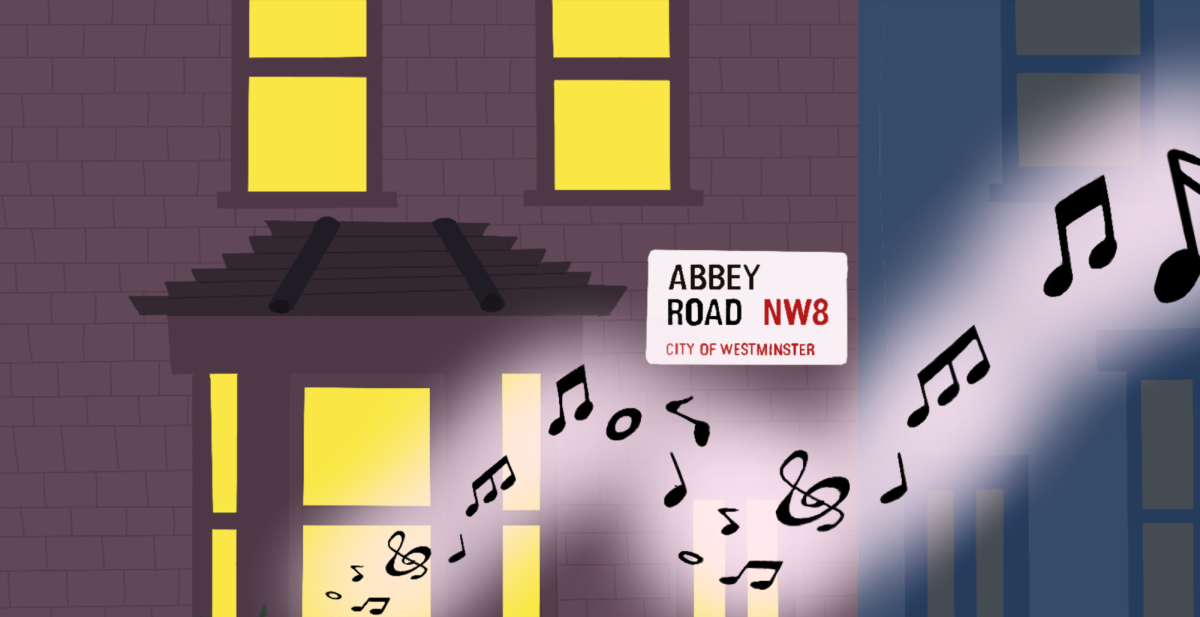

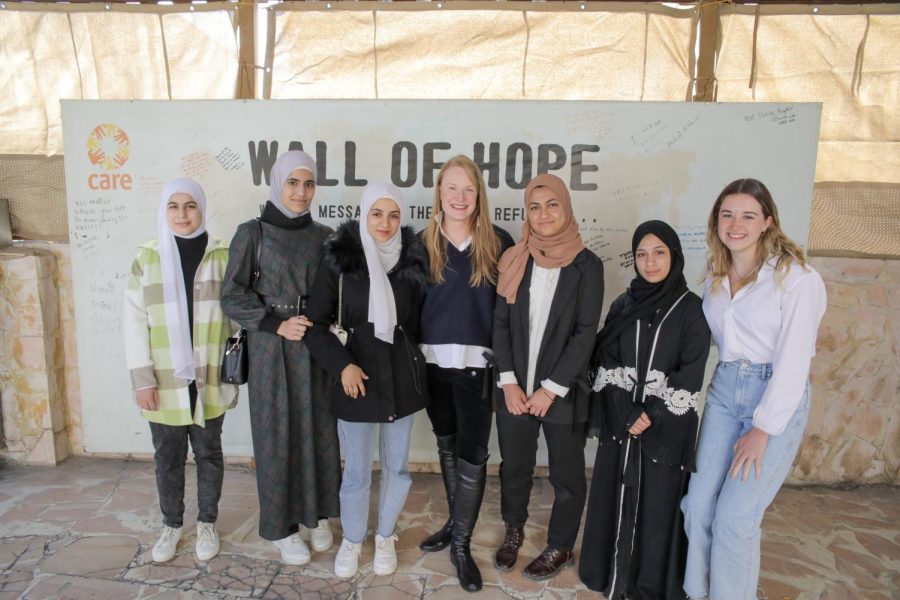

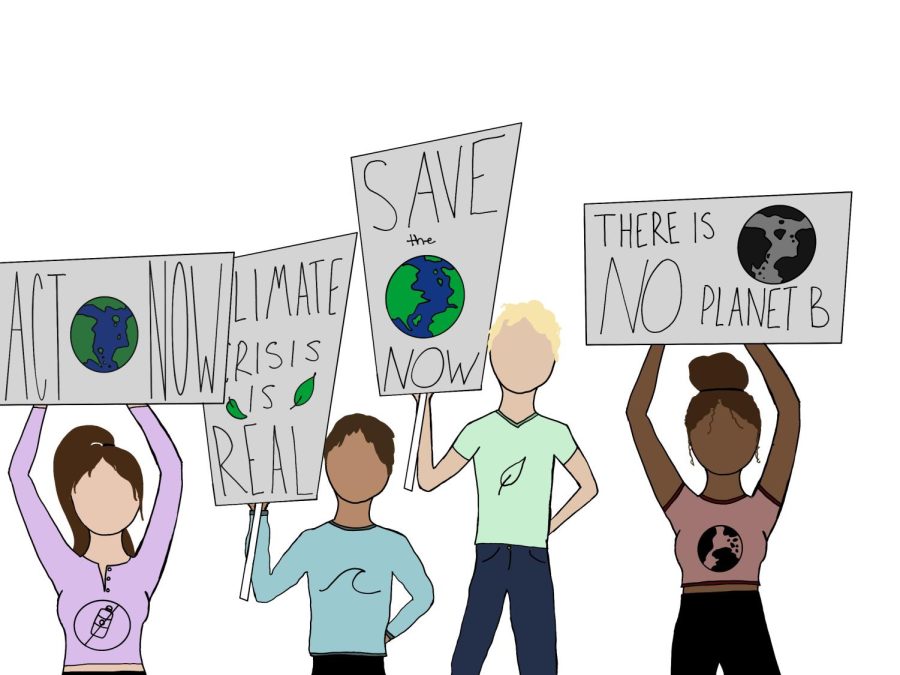
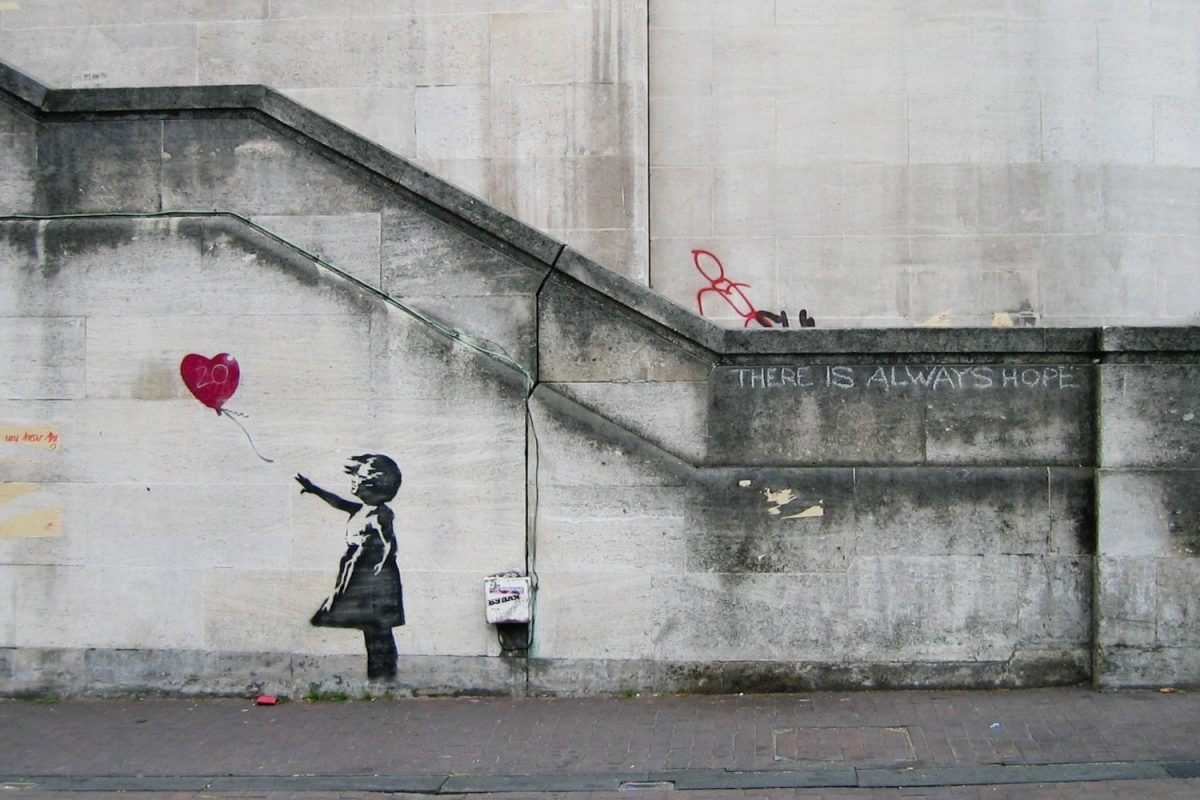
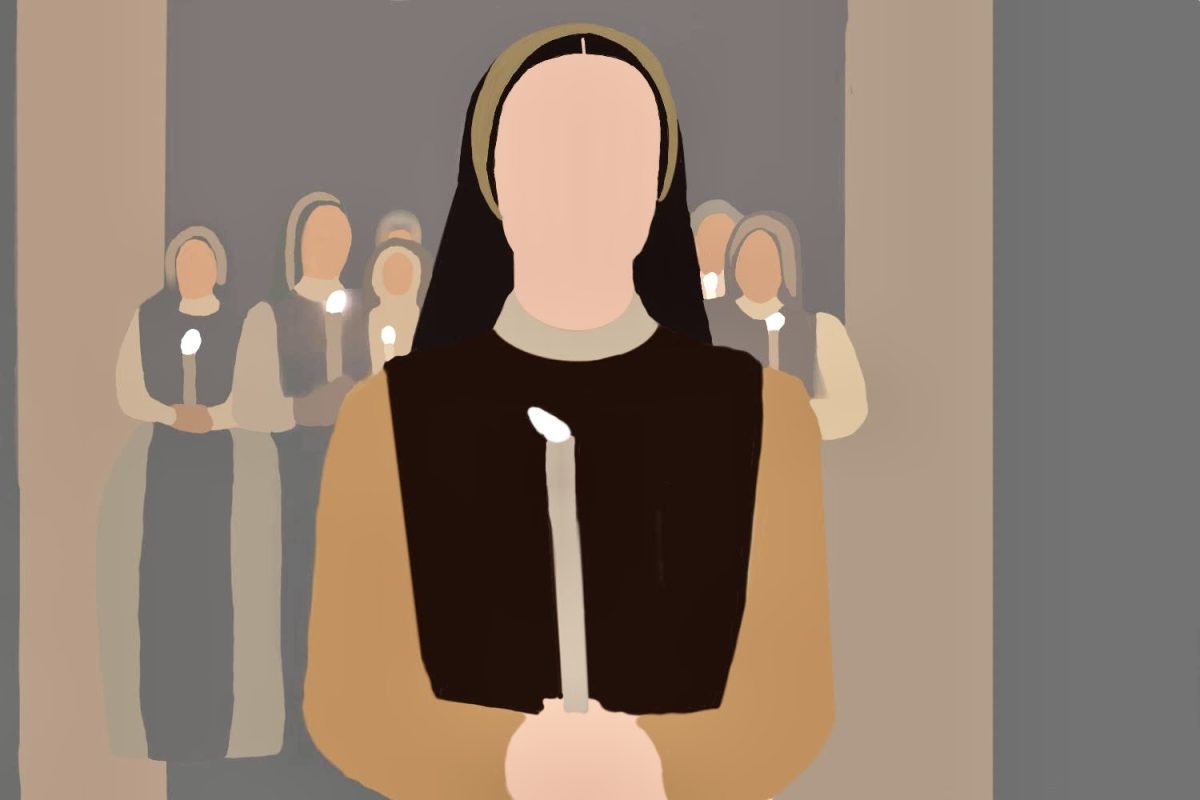

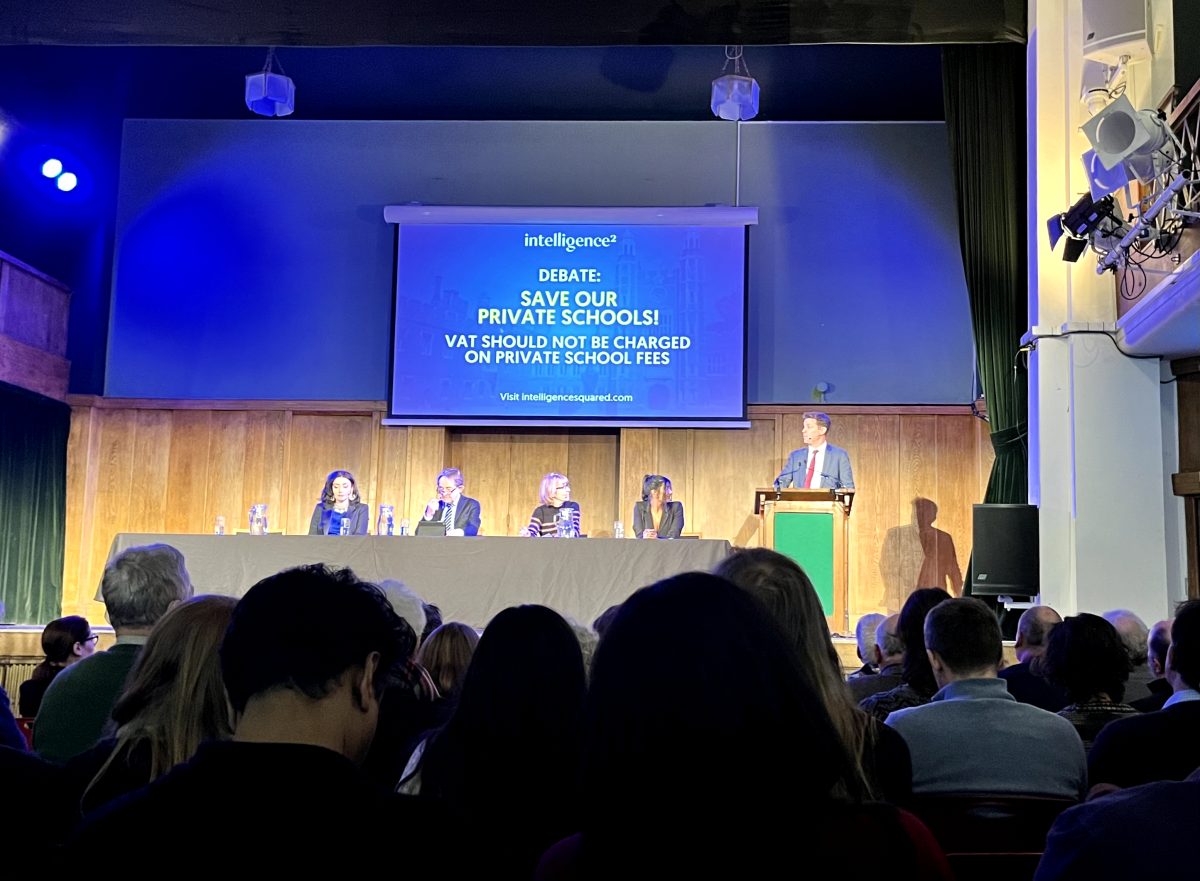
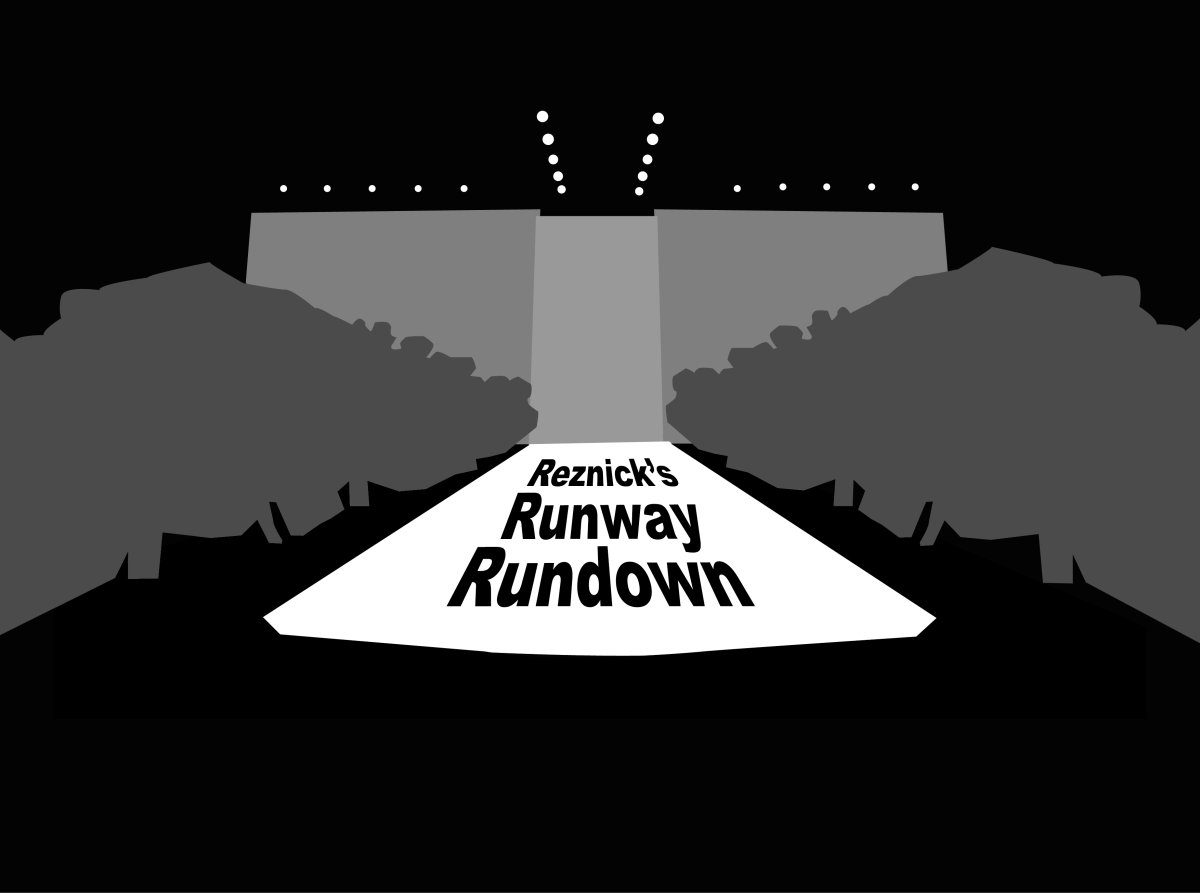

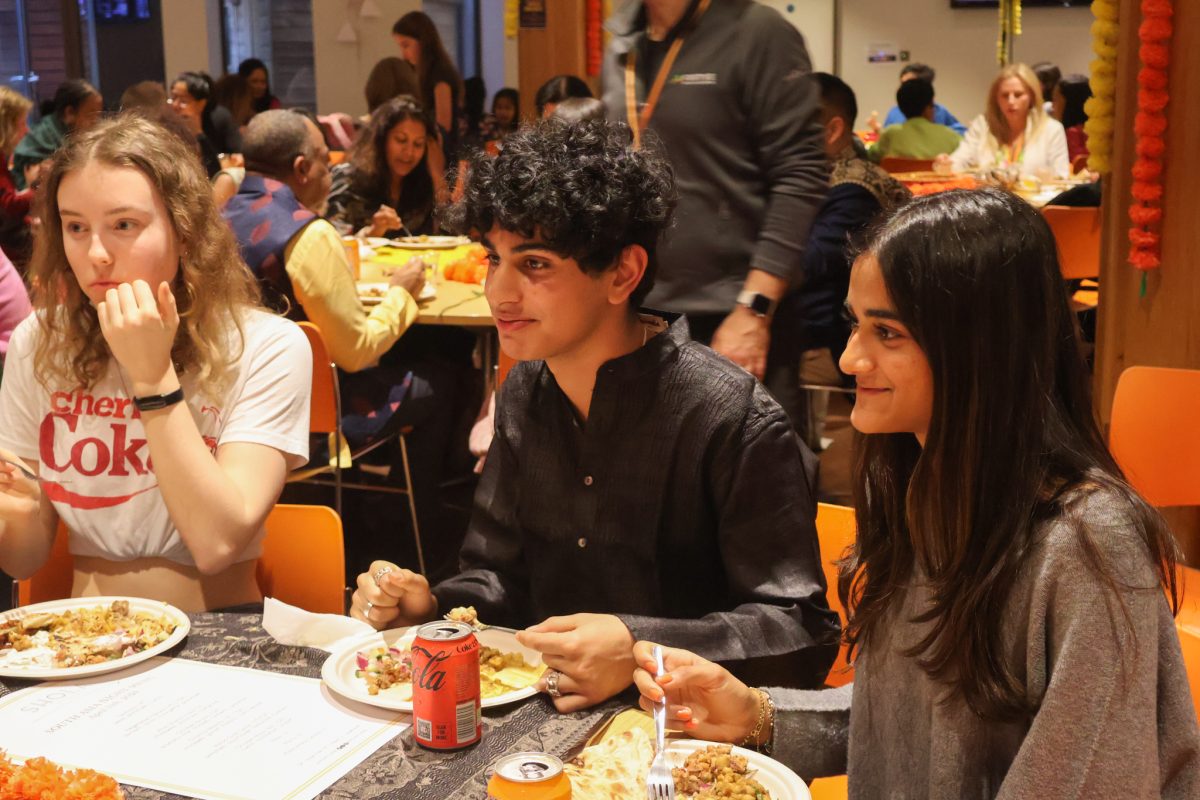
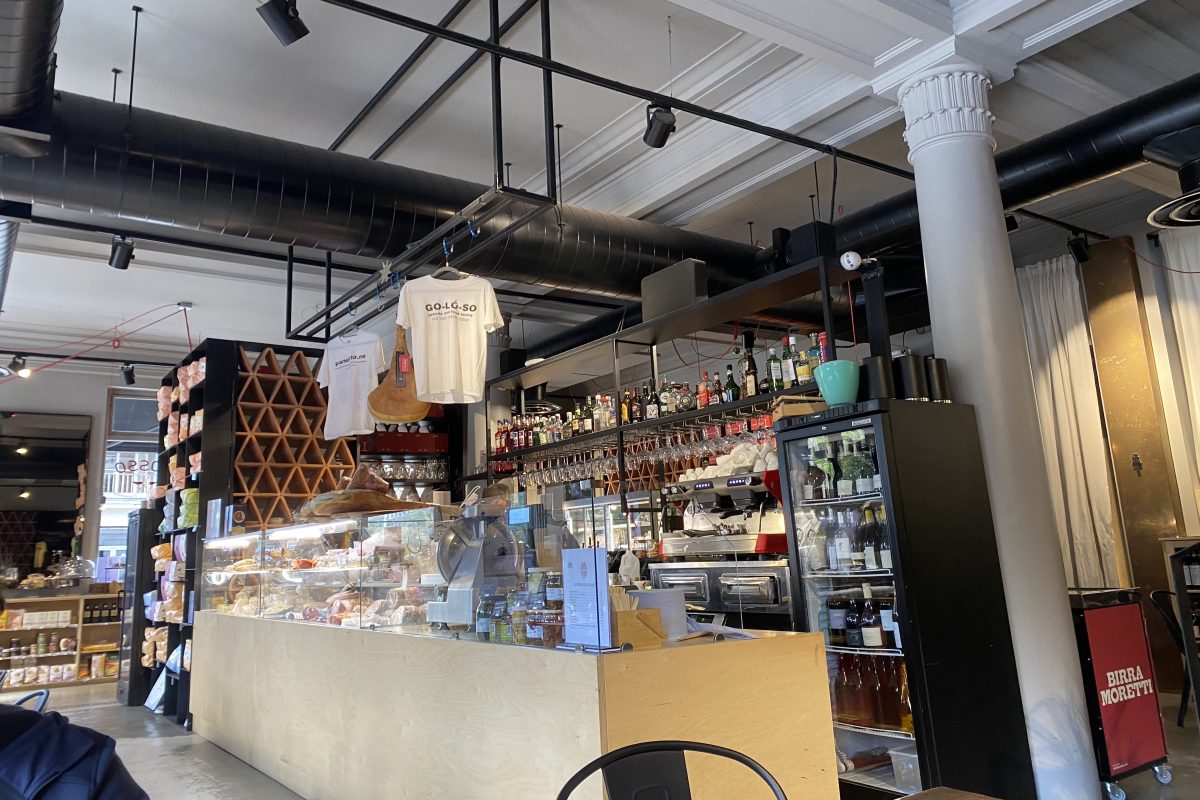





Yasmina Irsheid • Apr 21, 2024 at 12:48 pm
An impressively written, well documented article that sheds light on a grave injustice. Thank you for having the courage and determination to speak up. Very commendable! Well done!
Xili de Alonso • Apr 21, 2024 at 9:00 am
Excellent article- well written, well researched and informative. I feel your pain and frustration about the damage done to the rich cultural heritage and a group of people wanting their stories told and be seen by the world. You have helped doing that. Congratulations!
Christopher Kurkjian • Apr 16, 2024 at 7:07 am
What an excellent article; well written, Zoe! You are right about the Azeri offensives being timed whilst the world was distracted with other conflicts (as they continue to be now). The 2020 conflict perfectly coincided with the COVID-19 lockdowns which consumed the world’s attention and resources. I hope your article is well read. Thank you.
Victoria Hamadache • Apr 16, 2024 at 7:00 am
Thank you for opening my eyes to this detailed and emotive issue. I only knew the bare facts.